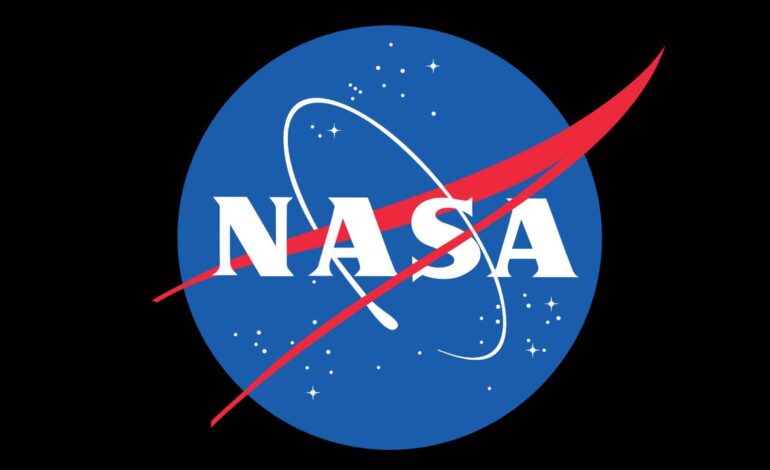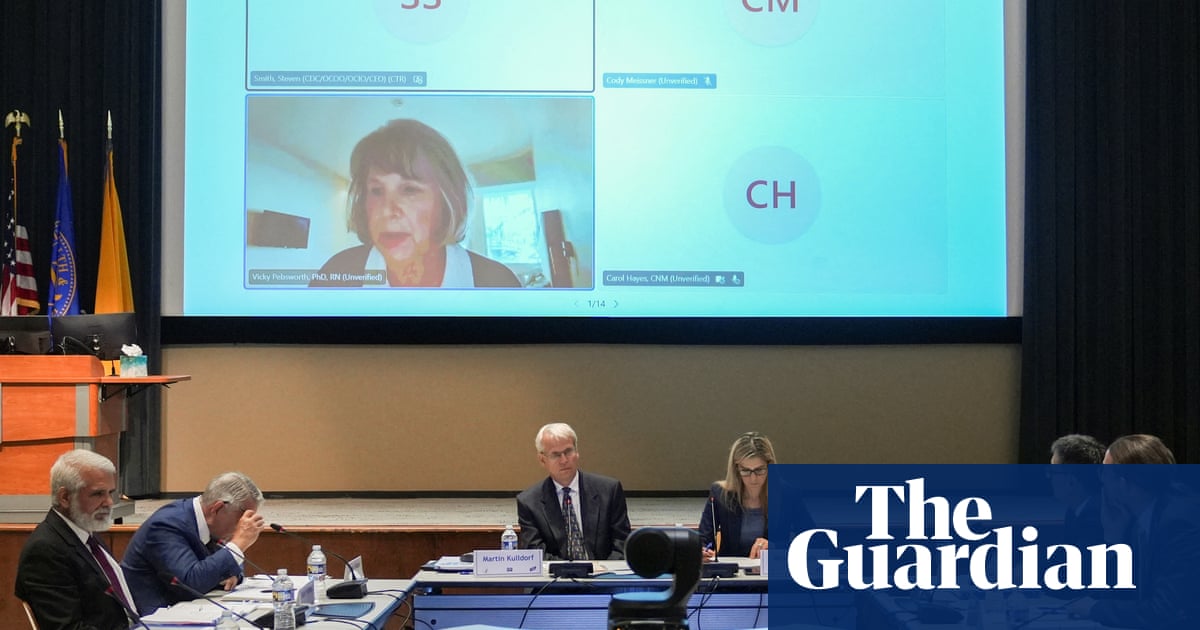NASA Faces Major Workforce Reduction as Nearly 4,000 Employees Opt for Resignation

NASA is poised to experience significant workforce changes, with nearly 4,000 employees opting for the Trump administration’s Deferred Resignation Program (DRP). This decision represents a reduction of more than 20% of the agency’s total workforce. The information was disclosed by NASA News Chief Cheryl Warner in an email to reporters on July 25, 2025.
The DRP allows participants to take paid administrative leave until their agreed departure date, a strategy aligned with the White House’s broader initiative to cut government spending. Employees had two opportunities to apply for the program. The first phase, which had a February application deadline, saw approximately 870 employees, or 4.8% of the workforce, choose to participate. The second phase, which concluded just before midnight EDT on July 25, 2025, attracted around 3,000 employees, accounting for 16.4% of NASA’s staff.
Warner noted that these figures might fluctuate in the coming weeks, as some employees could withdraw their resignations, while others may have their applications declined. Additionally, NASA has seen a natural attrition of about 500 employees since the start of the Trump administration in January. If these trends continue, the agency’s workforce could dwindle to approximately 14,000 by January 9, 2026, coinciding with the departure of those who participated in the DRP’s second phase.
The cumulative effect of the DRP, alongside related incentives like the Voluntary Early Retirement Authority and the Voluntary Separation Incentive Program, could result in a workforce reduction of roughly 21%.
This initiative is part of a broader strategy from the Trump administration to lower NASA’s budget significantly. In the proposed federal budget for 2026, the administration suggested a 24% cut to the agency’s overall funding, with a nearly 50% reduction in the science budget. Such proposals have prompted backlash from many within the scientific community, prompting protests from scientists, engineers, and space enthusiasts alike.
In a notable response, nearly 300 NASA scientists signed the “Voyager Declaration,” a statement expressing concern that these budget cuts could severely undermine American scientific endeavors and potentially affect astronaut safety.
The unfolding situation at NASA reflects broader tensions surrounding government funding for space exploration and scientific research. As the agency prepares for these changes, the implications for its workforce and future projects remain a critical focus for stakeholders and the public alike.






